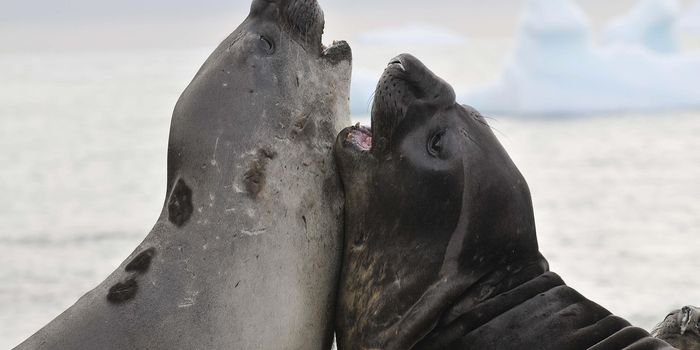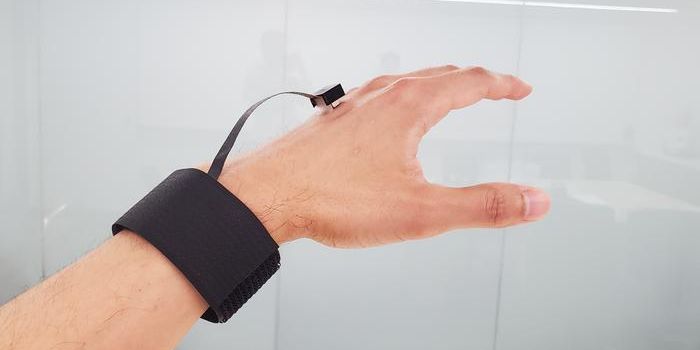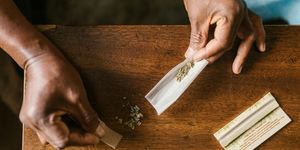From Seagrass to Antibiotics: The Breakthrough Potential of Small Molecule In situ Resin Capture
How can oceanic microbes help produce antibiotics? This is what a recent study published in Nature Communications hopes to address as a team of researchers from UC San Diego and UC San Francisco investigated how oceanic microbial samples could be used to produce medicinal products, specifically antibiotics. This study holds the potential to help scientists and medical professionals develop more efficient medical products from natural ingredients.
For the study, the researchers used a novel method called Small Molecule In situ Resin Capture (SMIRC), which was introduced in a 2023 study and involves identifying natural products within microbes that are typically used for drug discovery. For this recent study, the team used SMIRC in a variety of ways and across a variety of marine habitats to obtain samples of oceanic microbes with the goal of ascertaining if their chemical compounds could be used for producing new medical products.
“Right now, when we collect new samples and culture the microbes, we’re discovering scaffolds that essentially are very similar to the ones we already know about,” said Dr. Alexander Chase, who is an assistant professor in the Roy M. Huffington Department of Earth Sciences at Southern Methodist University and a co-author on the study. “It’s been really difficult over the last few decades to find something that is new with the ‘microbe-first’ approach, which essentially limits us to the same or similar bacterial strains and their chemical compounds that represent only a fraction of the natural diversity out in the ocean. That’s where SMIRC comes in, it allows us to explore the unknown.”
After conducting three separate tests, the team discovered a chemical called chrysoeriol, which contains antibacterial properties, along with discovering aplysiopsene A, which is a natural constituent of rubber, after the team mixed SMIRC with agar that encourages microbial growth. Finally, the team discovered a bioactive compound called cabrillostatin, which is hypothesized to be used for treating the heart and cancer. In the end, no new compounds were found to be used for antibiotics, but these findings hold promise for what SMIRC can uncover regarding chemical compounds used in everyday life.
How will SMIRC help researchers find microbes that can produce antibiotics in the coming years and decades? Only time will tell, and this is why we science!
As always, keep doing science & keep looking up!
Sources: Nature Communications, EurekAlert!, bioRxiv, Southern Methodist University
Image of the protected marine reserve, Cabrillo National Monument, which is one of the test sites for SMIRC. (Credit: Southern Methodist University)








